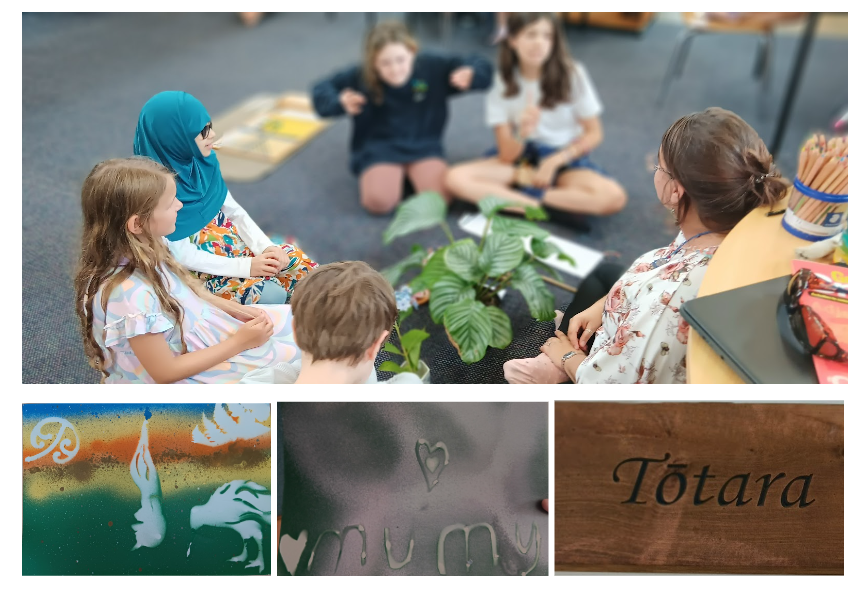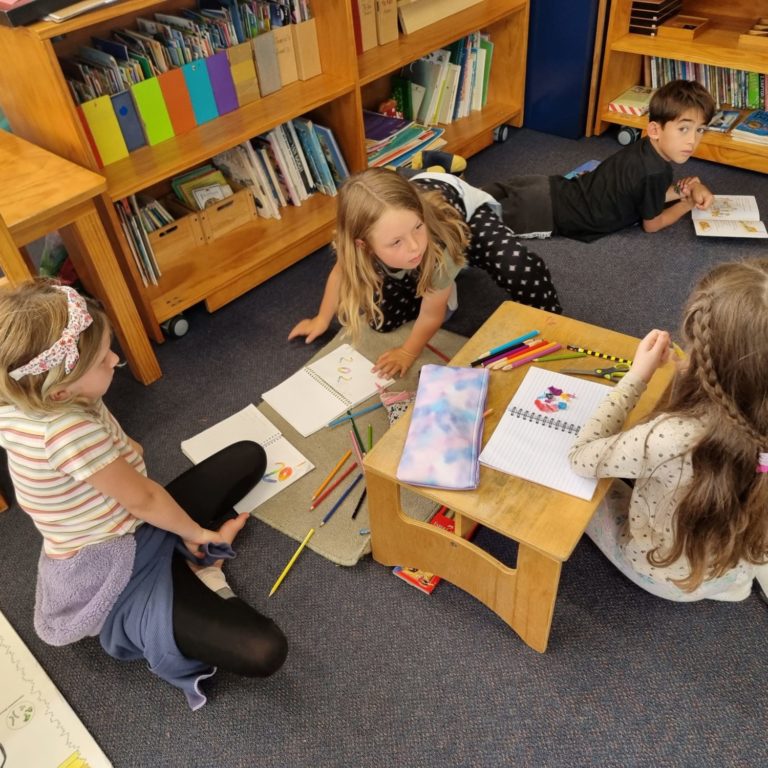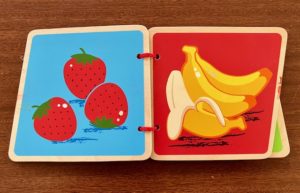Hilary Asquith – Lead Teacher Kawakawa
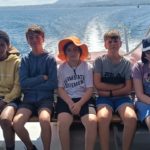
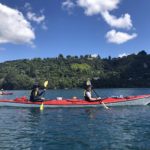
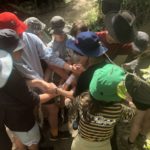
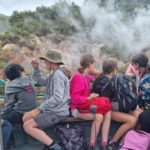
“To be part of, to belong to, to have a role in, to perform a task for, to be recognised as a member of – those are the parts of the internal engine that drives adolescent activity… to belong to a structure bigger than themselves.”
Laurie Ewert Krocker – The NAMTA Journal Vol. 33, No.3 2008
When Maria Montessori formulated her ideas for an ideal adolescent environment, she envisioned a residential farm. The residence would enable insight into the social organisation of adult life. To learn to work, live and belong to a community, and for each adolescent to find their place within it. For us, the Odyssey fulfils parts of that process, to experience living and working alongside each other as part of one community. To observe and understand the strengths of the team and how we all might contribute to the community to create a successful and harmonious environment.
Ten days may seem like a long time at the time, but the reality is it is only just enough to begin to connect as a community. It is just enough time to let our guard down, to need support from one another, to be real. It allows us to truly observe each other, to really see who we each are and the strengths that we each bring to our Kawakawa team. The challenges we face on Odyssey -social, physical, and emotional, move us to understand ourselves better and our impact on others. It creates an environment where we must both be supportive of and supported by others. It is this act of living and experiencing new situations together that provides the environment for us to collaborate and adapt as a community and to create the understanding that each individual belongs to something bigger than themselves. The Odyssey provides an opportunity to create a sense of belonging that is both real and convincing for the students so that they might enter into a space of understanding their role and contribution to the social structure of our class. To learn that the culture of a community must be cohesive, purposeful, and respectful to succeed. That everyone must do their bit to function smoothly. To dually experience both the requirement to be self-managing and reliant on others. The Odyssey experiences allow adolescents to feel that they can be themselves, have a voice in the decision-making, and know that the inevitable challenges and upheavals can be handled fairly, and with compassion. All of this is fundamental to an authentic Montessori adolescent environment. An environment that will prepare and challenge them to be the best version of themselves and foster a desire to work towards a more harmonious, productive society. The Odyssey is far more than an epic Kiwi adventure, it is an opening at the beginning of each year for each individual to genuinely connect with and actively contribute to the team that will both support and challenge them in the years ahead.
